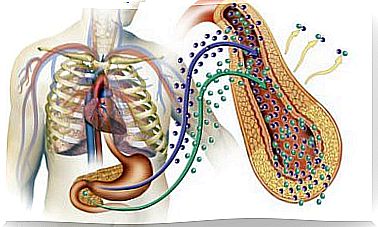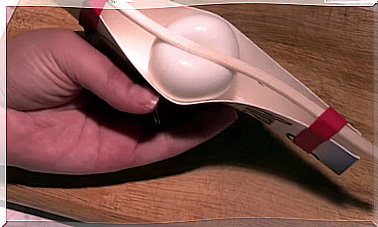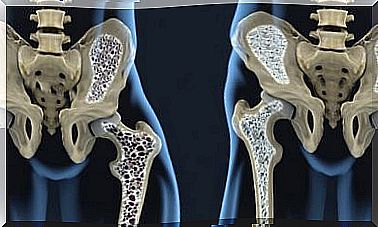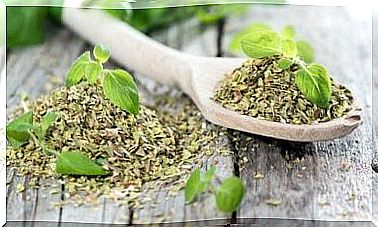How To Cook Legumes In A Healthy Way
Legumes are among the essential foods in a healthy diet. And this is because it is a great source of carbohydrates, fiber and proteins. In addition to providing vitamins and minerals.
But the way they are prepared makes a lot of difference to health. Depending on it, the resulting dish could be a caloric bomb or effectively nourish optimally, without harming the body.
That is why it is important to know ways to cook legumes, which enhance their flavor and at the same time allow to take full advantage of their nutrients and benefits. Here are some tips to achieve it.
The purchase of legumes
Legumes have their particularity when it comes to being cooked. There is a lot of information on the Internet regarding the cooking time that each one requires. Also about the tricks to soften them without overcooking, the ideal time to add the ingredients, and so on.
First of all, the legumes must be fresh. Pay special attention to expiration dates (they should not be more than one year old) and make sure that the beans are not excessively hard, dry or damaged.
The precooked
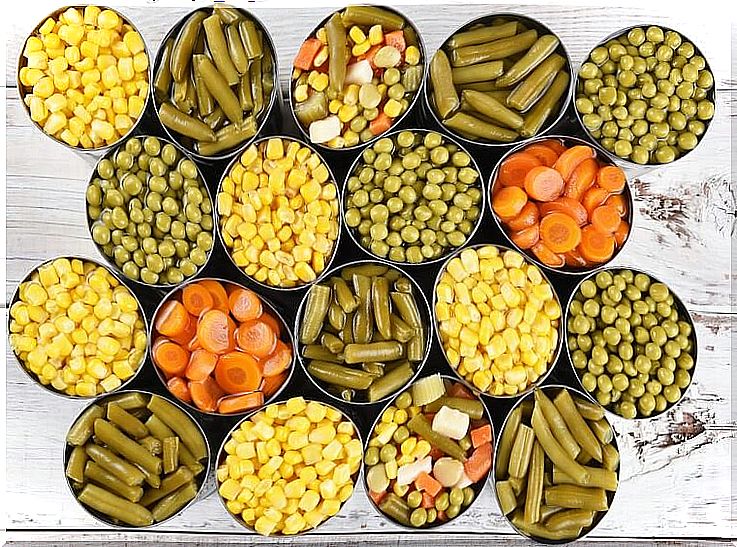
Due to their hardness, legumes require soaking before cooking. The hardest ones, such as chickpeas and beans, should preferably be soaked the day before; that is, for about twelve hours. Subsequently, the soaking water is discarded, as it may contain toxins and traces of chemicals used in the cultivation.
Then enough cold water will be added to cover them and they will be put on fire. Some of them, such as chickpeas, must be placed in the water with the boiling liquid, to avoid hardening.
Cooking
Legumes that have already been soaked are cooked in boiling water over medium heat, as a very strong fire could detach the skins and undo the grains, resulting in an unwanted appearance.
In this cooking process, no ingredient should be added until the grains have softened. The softening time will depend on the type of grain.
Preparation of recipes
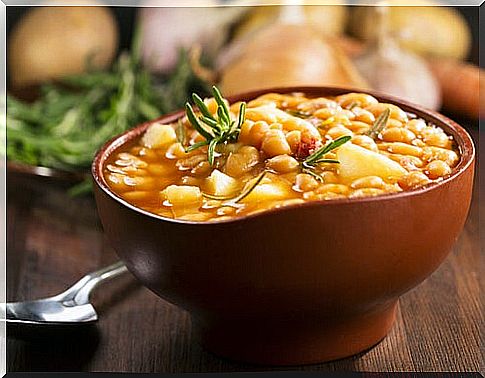
There are numerous recipes and methods of preparing legumes: in salads, as cream or puree, in stews, as a main dish if it contains meat, and so on. You can make meatballs, hamburgers, and even sauces to bathe other preparations.
The most traditional way of consumption is to prepare them as a main dish accompanied by proteins, vegetables, herbs and spices. Whatever the recipe chosen, in all cases very fatty meats and sausages should be avoided.
Adding these fatty products is what can turn this healthy food into something counterproductive for your health. If they are to be used anyway, it is recommended that these ingredients be previously defatted and thus minimize their harmful effects.
It is also recommended to use olive oil in a small quantity. Salt is added last (without overdoing it) due to sodium’s pernicious health effects.
If legumes are not going to include meats, it should be accompanied by cereals that provide enough amino acids. Soy, low-fat dairy, and eggs are equally good options to supplement your nutritional intake.
Can legumes cause digestive disorders?
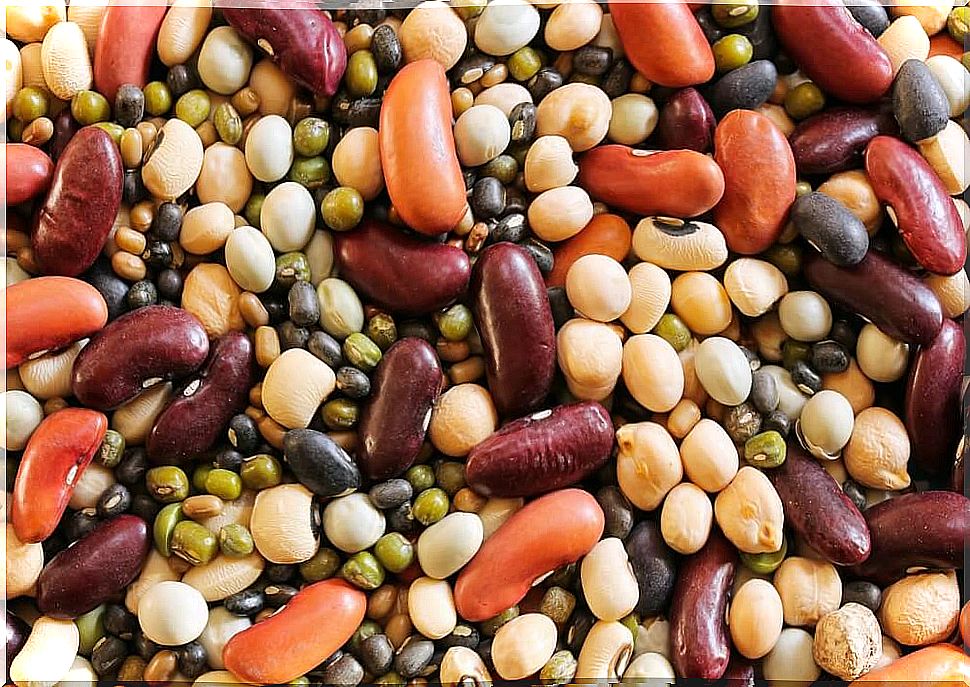
Some people report certain digestive disorders when consuming grains or legumes, such as flatulence, colic, and altered bowel movements.
This may be due to the abundance of carbohydrates in this food, which are not fully digested or are digested very slowly, consequently increasing the activity of the intestinal flora. Among the legumes that cause these symptoms are:
- Lentils.
- Garbanzo beans.
- Green peas.
One way to reduce and eliminate symptoms is to dress them with herbs such as thyme, bay leaf, fennel, coriander, anise, cumin, rosemary, among others.
Another measure is the famous practice known as “scaring” the grains, which consists of adding cold water while they boil about three times, or removing the pot from the heat for a few minutes. In addition to softening, this reduces the oligosaccharides responsible for excessive intestinal gas.
It is also an option to remove the skin from the grains, using a food mill or any other technique once they are cooked, chewing very well and eating slowly, as well as taking digestive infusions after the meal.
To finish, I hope that this information about legumes or legumes is useful to you. Try to add them weekly to your diet. Since they are highly recommended within a healthy lifestyle and a varied diet.


